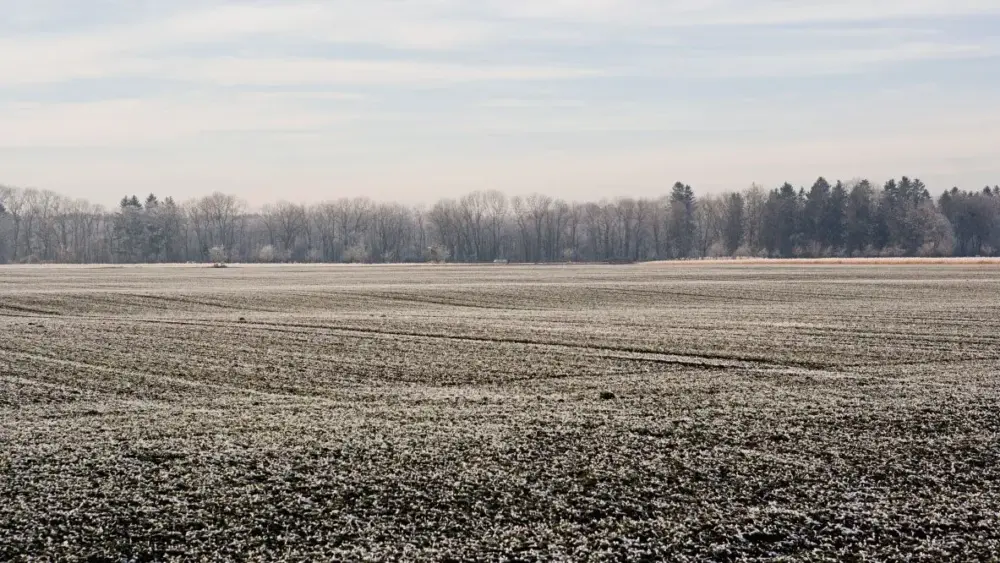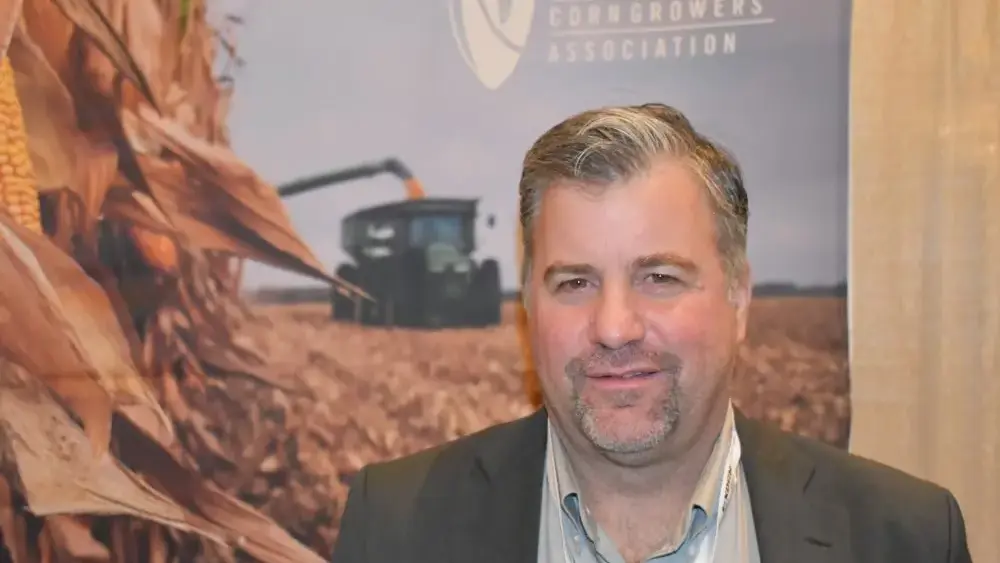A lack of precipitation last week helped give farmers their most productive week of the growing season.
According to USDA’s latest Crop Progress Report, there were 5.8 days suitable for fieldwork last week. Cooler weather prevailed in the Upper Peninsula and northern Lower Peninsula. In central and southern counties, field conditions improved. However, there are still some wet fields that might not be able to be planted.
Corn planting is nearing completion with 92 percent of the crop in the ground, an increase of 9 percent from last week, 35 percent more than last year, and 6 percent more than the five-year average. Nationally, 97 percent is complete.
Localized flooding and poor drainage hampered some emergence, but 72 percent of the corn is out of the ground, 19 percent more than last week, 44 percent more than last year, and 4 percent ahead of the five-year average. Nationally, 89 percent of the corn crop has emerged.
Quality has improved. 66 percent of Michigan’s corn is rated to be in good to excellent condition, 28 percent in fair condition, and 6 percent in poor to very poor condition.
88 percent of Michigan’s soybeans have been planted, 12 percent more than last week, 47 percent more than last year and 13 percent more than last year. Nationally, 86 percent of soybeans have been planted.
Soybean emergence is also ahead of the five-year average and the national number. 68 percent of soybeans have emerged in Michigan, an increase of 19 from last week, 48 percent more than last week, and 12 ahead of the five-year average.
Soybean conditions improved as well. 67 percent of soybeans are in good to excellent condition, 28 percent in fair condition, and 6 percent in poor to very poor condition.
14 percent of Michigan’s dry beans have been planted, an increase of 13 percent from last week.
98 percent of sugarbeets have emerged, 4 percent more than last week and 26 percent more than last week.
50 percent of the winter wheat is headed, an increase of 30 percent from last week. 69 percent is rated in good to excellent condition, 26 percent in fair condition, and 5 percent in poor to very poor condition.
Fruit
Warm, dry conditions prevailed last week. Fruit saw rapid growth across the entire State. Apples were being thinned across the Southern Lower Peninsula. Plum curculio, wooly apple aphids, and potato leaf hoppers made their first appearances last week. In the East, apples were 6 to 12 millimeters. Growers there were aggressively thinning as the amount of viable fruit appeared to be more than originally thought after spring freezes. On the Ridge, apples were 6 to 10 millimeters. Peaches in the East were between 8 and 12 millimeters. Fruit drop continued. Green peach aphids were beginning to be found. In the Southwest, peaches were around 13 millimeters. Crop potential looked better now that growing fruit was more evident. Most Blueberries in the West Central were in full bloom. The earliest varieties were in petal fall or fruit set. In the Southwest, blueberries were past full bloom and fruit in many fields was the size of small peas. Cherry fruit worm started emerging and growers prepared their pest control program to begin spraying. Growers were careful to avoid spraying when bees were active. Tart cherries in the Southwest were 13 millimeters and crop load was light. In the Northwest, tart cherries were in shuck.
Vegetables
Warm temperatures allowed planting and field preparation to continue with limited interruption this week. Sweet corn planting was ongoing in the South. Pepper, pumpkin and winter squash planting were nearing completion in the Southeast. Producers removed tunnels for zucchini, summer squash, beans and tomatoes, as many are at early bloom. Pickling cucumber planting got underway in the East. Potatoes were being hilled, with herbicide applications occurring when necessary. Asparagus harvest continued throughout the State.





